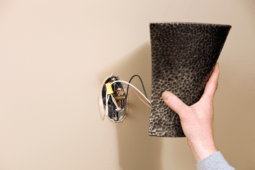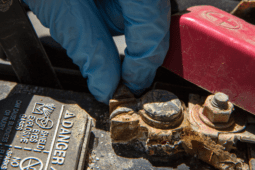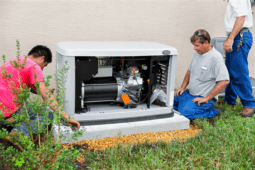How Long Does it Take to Replace a Roof?
Your roof is one of the most important aspects of your home. When the roof isn’t in its best condition, there are a litany of issues that can arise. That is why having a professional out to take care of the issue sooner rather than later is of the utmost importance. When the roof needs replacing entirely, it only raises more questions.
The most relevant question in instances like this is what replacing a roof will cost. But what about how long a replacement will take? After all, it is tough enough making the investment in a roof replacement, let alone having to sit around waiting for it to be completed.
The short answer is that it depends on the roof. It can take anywhere from a day to a week depending on the factors involved. By the end of this piece, you will know what factors could impact a roof replacement should you need one.
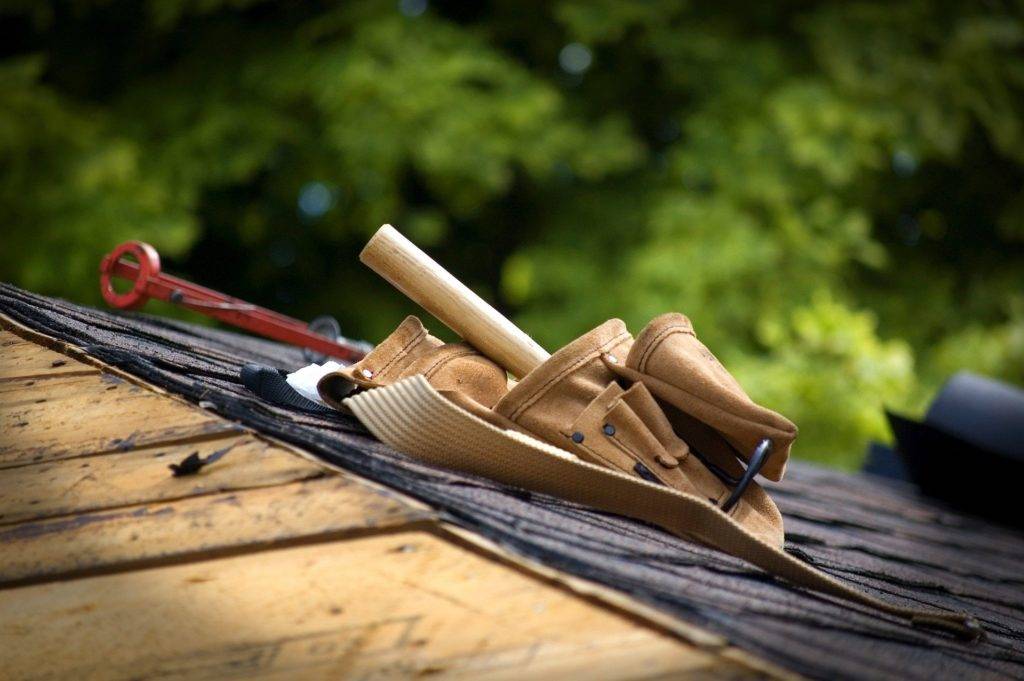
How Long Does it Take to Replace a Roof?
Despite all of the different factors that can impact how long it takes to replace a roof, there is a general consensus. Just remember that it is all a guess and yours could take a little less or more time depending on the factors involved.
Generally speaking, a roof that covers 3,000 square feet or less can be replaced within a single day. Where more mitigating factors are involved, you could be looking at anywhere from three to five days to replace.
The complexity of the roof, the accessibility of your home, and the weather all play factors. In the most extreme circumstances, it could take weeks to replace. But those are few and far between for a reason.
What Factors Determine How Long it Takes to Replace a Roof?
Now that we have a better idea of the general timeline, we can look at each of the potential factors. Each of these factors could add a substantial amount of time to your overall replacement timeline. It also depends on the professional that you go with. More experience, particularly with a specific issue, can lead to a quicker turnaround time as well.
The Complexity
Simply put the more complex a roof is, the more time that it takes to finish the job. The complexity of your roof depends on how it is cut up along with the angles, valleys, facets, and the pitch. Those factors impact not only the timeline, but the costs of replacing your roof.
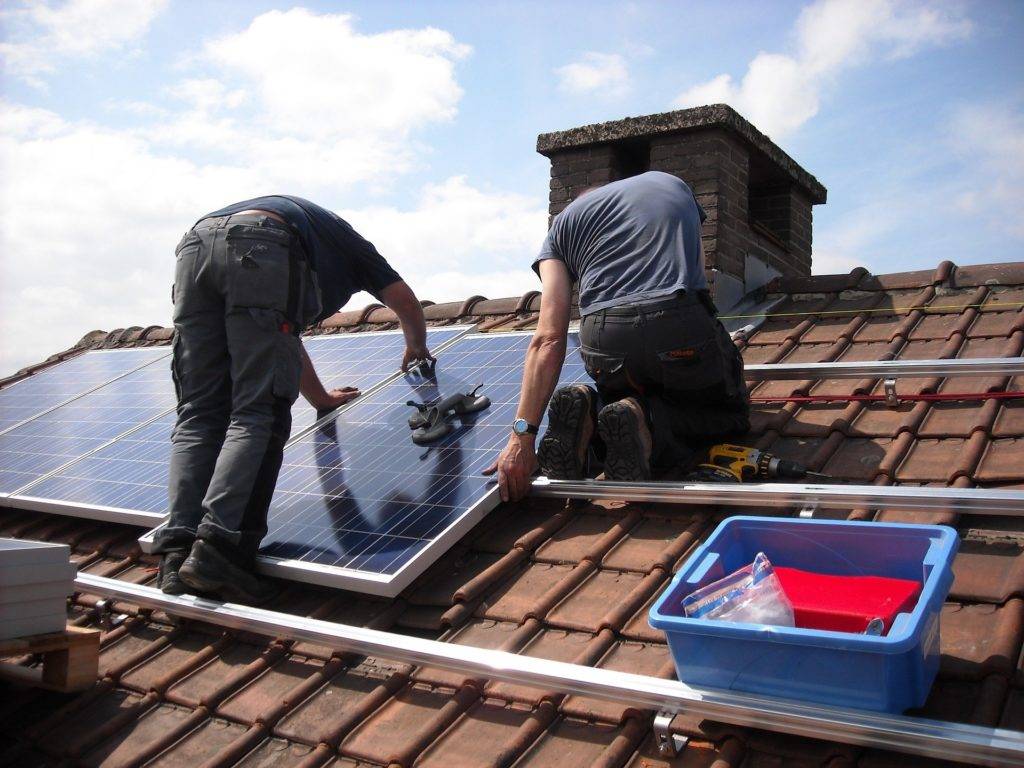
Roofs that have a higher number of facets at multiple hips, angles, and valleys, let alone a steeper pitch, are more difficult to replace. Something with only two or four facets would be quicker and easier to replace on the whole.
When a roof is more complex, it also means further safety precautions need to be taken. The more precautions that have to be taken, the slower the process is. Not only that, increased complexity also means greater required planning. You want your roof replaced but you want the job done in a quality manner. All of this adds up to a longer timeline.
The Accessibility
Having a great plan is one thing but if the roofer can’t get to the necessary areas of the roof, none of that matters. The more difficult it is to access the roof, the longer the timeline will be for replacing the roof.
Accessibility is important for tearing away the old roof, removing the materials, and getting the new materials up onto the roof for the installation process. What impacts roof access? Landscaping or bushes that make it difficult to get to the yard. Fencing or a lack of paved surfaces can also play a major role as well.
It really comes down to one simple fact. The more time that your installer spends trying to get to the roof, the less time they spend actually doing the job. A lack of accessibility can lead to an extended timeline, usually anywhere from a couple of hours to a day at the most.
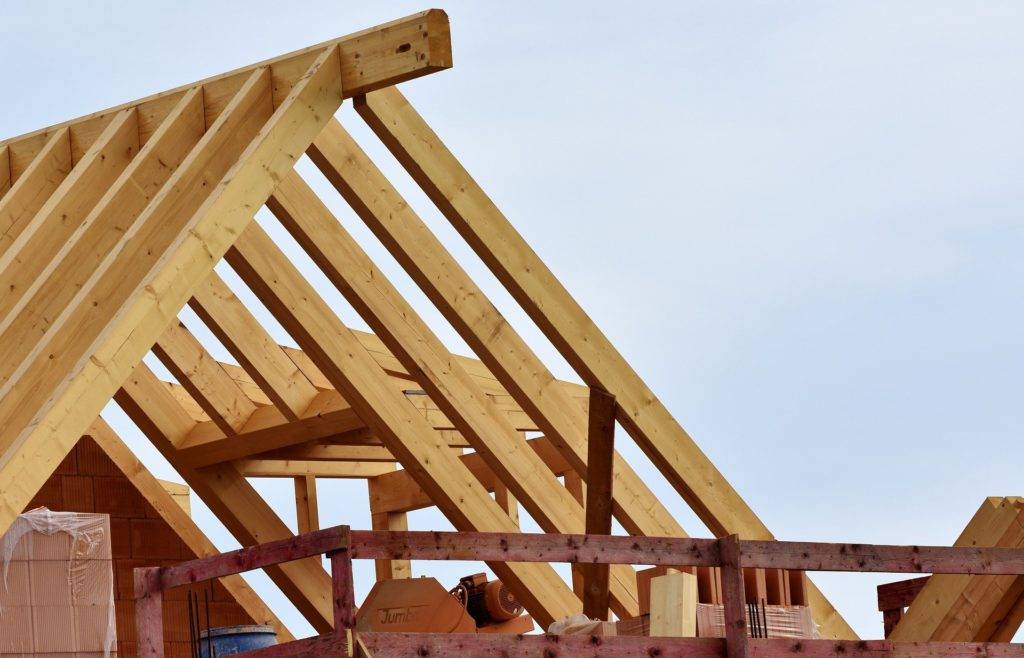
The Weather
As important as all of the other factors are, the weather has to be just right to perform a replacement. Roofing cannot be installed in the rain, snow, extreme heat, or in freezing temperatures. If installed in those conditions, it can lead to an improperly installed roof.
So, it makes sense that the weather plays such an important role. In most cases, rain comes and goes in a day. But if you have nothing but rain in the forecast for the week of your installation, it could push the timeline back by quite a bit.
If, for example, it rains during the replacement, then your home will be tarped off and the contractor will choose a time where they can work under dry conditions. Unfortunately, there is only so much that can be done to combat inclement weather.
Time of Year
Just as the weather is an important factor, so too is the time of year in which you schedule the replacement. The simple fact of the matter is, the more time the sun is out, the more work a contractor can get done.
If you have ever wondered why roofers seem busier starting in March, it simply has to do with the time of year. The fewer hours in the day that roofers have to work with, the more days that it takes for them to get the job done.
Should you decide to get your roof replaced during the winter, you may be looking at a few days to get the job done.
Quicker Doesn’t Mean Better
While it would be great to have your roof replaced in short order so that you can get on with your life, that isn’t necessarily the best thing in the world. Some replacements simply take longer. Delivering in short order may mean that some corners were cut.
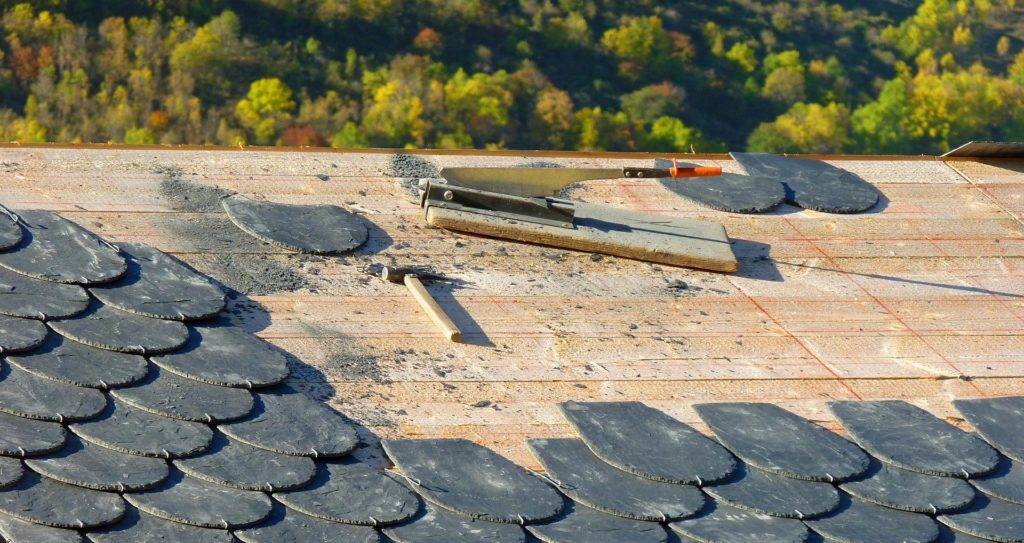
When you have corners that are cut, then it can lead to further problems. The last thing that you want is to have your roof replaced only to find a leak. Focus on a contractor that will get the job done right, not necessarily quickly.
What Does a Roof Replacement Look Like?
So, now that you are aware of the timeline for the typical roof replacement, you should know what the actual process looks like. You don’t need to know all of the ins and outs, but it gives you a better idea of what happens so that you can feel a little at ease during the process.
- Materials show up. The materials will show up before the workers do. Make sure that they are stored in a dry area with close access to the roof. You also don’t want them delivered days in advance as they could kill your grass.
- Moving vehicles. When the contractor comes, you will need to make sure that all vehicles are out of the garage or driveway. That means being able to come and go as you please and also protects your vehicles from any loose debris that could fall during the replacement.
- Protective measures. The contractor will prepare the project by putting safety precautions in place. This ensures that the workers are safe and that your landscaping is protected as well.
- Bye-bye, old roof. The replacement starts in earnest. The old roof gets torn away and the old materials go into a dump trailer. Depending on the contractor, part of the team may start working on the torn-up area as the rest of the old roof is removed.
- Installation. The gutters will be cleaned and then the installation begins in earnest. Shingles come first, then ridge capping, with vents coming last.
- Cleanup and inspection. When the installation is complete, the roofer will begin clearing the area. Blowing out gutters and downspouts, removing protective tarps, etc. They will also ensure that their installation was done safely and securely.
Final Thoughts
Needing to replace your roof can be a difficult time. It comes at a high cost and could leave you with a serious mess for a few days. There is a lot that goes into the installation and knowing what kind of timeline you are facing can be hugely important.
Go with a contractor that has positive reviews and that values quality over timeline. You will be thankful for that quality work at the end of the day.

